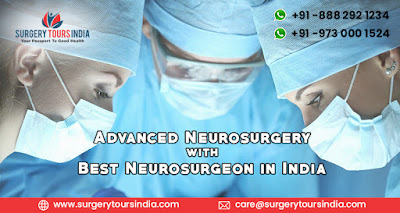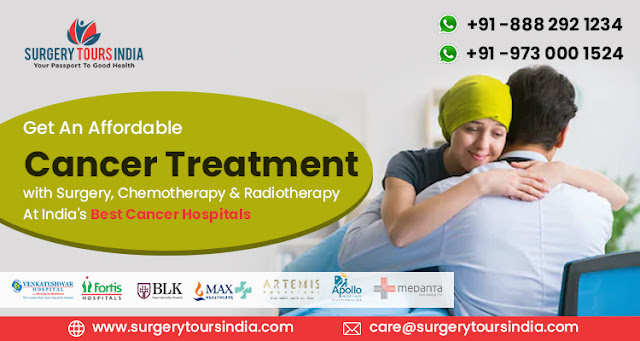WHAT IS CAROTID ARTERY DISEASE?
Carotid arteries are responsible for carrying oxygen rich blood from the heart to the brain and heart. These arteries are located on each side of the neck and are very crucial as they are responsible for supplying blood to the big front portion of the brain. This is considered as a very crucial part as personality, motor functions, speech, sensory and thinking exists here.When there is blockage or narrowing of the carotid artery caused by the accumulation of the plaque is known as carotid artery disease. The accumulation of the plaque blocks the supply of the blood into the brain and increases the risk of stroke. This gradual build-up is due to diabetes, high blood cholesterol, tobacco and high blood pressure. Transient Ischemic Attacks (mini-strokes) or a stroke are caused by carotid artery disease.
Symptoms of Carotid Artery Disease
There are no symptoms of carotid artery disease in its early stages. This disease is noticed when the brain is deprived of blood and resulting into TIA (Transient Ischemic Attacks) or s stroke. Symptoms of TIA include -
Sudden or severe headache without any cause
Weakness or sudden numbness in the limbs or face. This is usually only on one side of the body.
Loss of balance or dizziness
Sudden trouble in seeing in one or both eyes
Trouble in understanding and speaking
Causes of Carotid Artery Disease
When damage is caused to the inner layers of the carotid arteries results in carotid artery disease. Following are the factors contributing to the damage are -
High levels of sugar in the blood caused by diabetes or insulin resistance
Smoking
High blood pressure
High levels of cholesterol and specific fats in the blood
click on this link BMT Abroad



